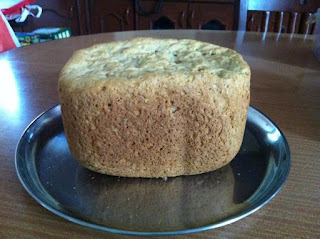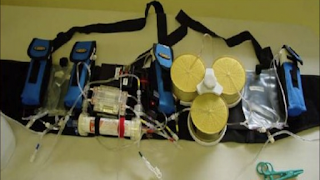Well, after months of planning and fitness doubts, we leave tomorrow on our UK and Swedish adventure.
About the China Leg
Originally we were to spend 6 days in Beijing before going to London, but after three weeks in some kind of unhealthy haze, I decided it was too risky this time. I have a reasonable understanding of Mandarin,including important phrases like:
- Bushi Wo Zuode – I didn’t do it!
- Zhikong wo shenma? – What am I accused of?
- Wo keyi da dianhua gei wode dashiguan ma? – Can I call my embassy?
- Wo xiang yi bei kafei – I’d like a cup of coffee and most important,
- Wo xuyao touxi! – I need dialysis!
But not enough to be confident if things go wrong, having been wrong so recently. So, for the second time, Beijing has eluded me. But all is not lost. I am determined to get there, either later this year or this time next year. Third time lucky.
For those interested, after a long search and some help from my Chinese friend Rebecca, I had arranged dialysis at the Chinese-Japanese Friendship Hospital (中日友好医院), which is located about half an hour north of Tiananmen Square. The cost is 1,500 Chinese Yuan per session (about US$250), plus 2500 Chinese Yuan (about US$30) registration fee.
For convenience we booked into the Crowne Plaza Park View Wuzhou, which is very close to the hospital. You can catch a bus there (takes about 15mins), or a cab, they are quite cheap. A brief warning: when you book (we did so via www.hotels.com who were very good) be careful about the cancellation policy. They have a range of room types, and each has two prices, one is the nonrefundable price, the other is the refundable price should you need to cancel, which is about US$500 more expensive. We had a little drama with that policy, but all worked out in the end.
The best way to start the process is to call the dialysis unit and talk through what you need. Most speak English of a sort. They then asked you to fax your dates along with a summary of your dialysis details from your unit. I then got an email from the doctor in charge confirming the booking. The unit also contacted my unit and asked for two blood tests before proceeding: my HIV and (believe it or not) Syphilis status. I’m not sure what message that sends. Still, when the result came back, I was quite pleased to see that it was negative! As usual, they also require the latest health information about you from your unit, just before you leave.
All together a fiddly process, but if that’s what it takes… If you would like the phone and fax numbers and email address, contact me at me email address.
The UK and Europe
So we are now travelling direct to London. I have booked into the Diaverum Unit in Forest Hill (one of many sister units to my Diaverum unit in Diamond Valley). They were very helpful, and I am dialyzing on the same regime as at home (five days per week, three hours per time).
I am also dialyzing in Oxford twice and in Stockholm once. Both of these are public hospitals, and with our reciprocal Medicare agreement, at no charge, so I even get a small holiday from paying for it (so to speak). Contact me if you want the details.
 Just a hint for those with lots of meds. For big trips like this (3 weeks in a foreign land) I get my meds sorted into day-by-day bubble packs. I do this for 2 reasons:
Just a hint for those with lots of meds. For big trips like this (3 weeks in a foreign land) I get my meds sorted into day-by-day bubble packs. I do this for 2 reasons:
- Each day is measured out for the entire trip (plus a week or so for emergencies), so you won’t run out unexpectedly
- Those pill boxes can be pretty bulky, and they only last a week, so you have to repack them from the myriad of pill bottle and boxes you also have to carry.
So, off into the distance, But I will have my trust PC with me, and where possible, I will post notes (probably briefly) of my dialysis and general travel experience. Back soon…

 Professional dialysis recruitment
Professional dialysis recruitment




